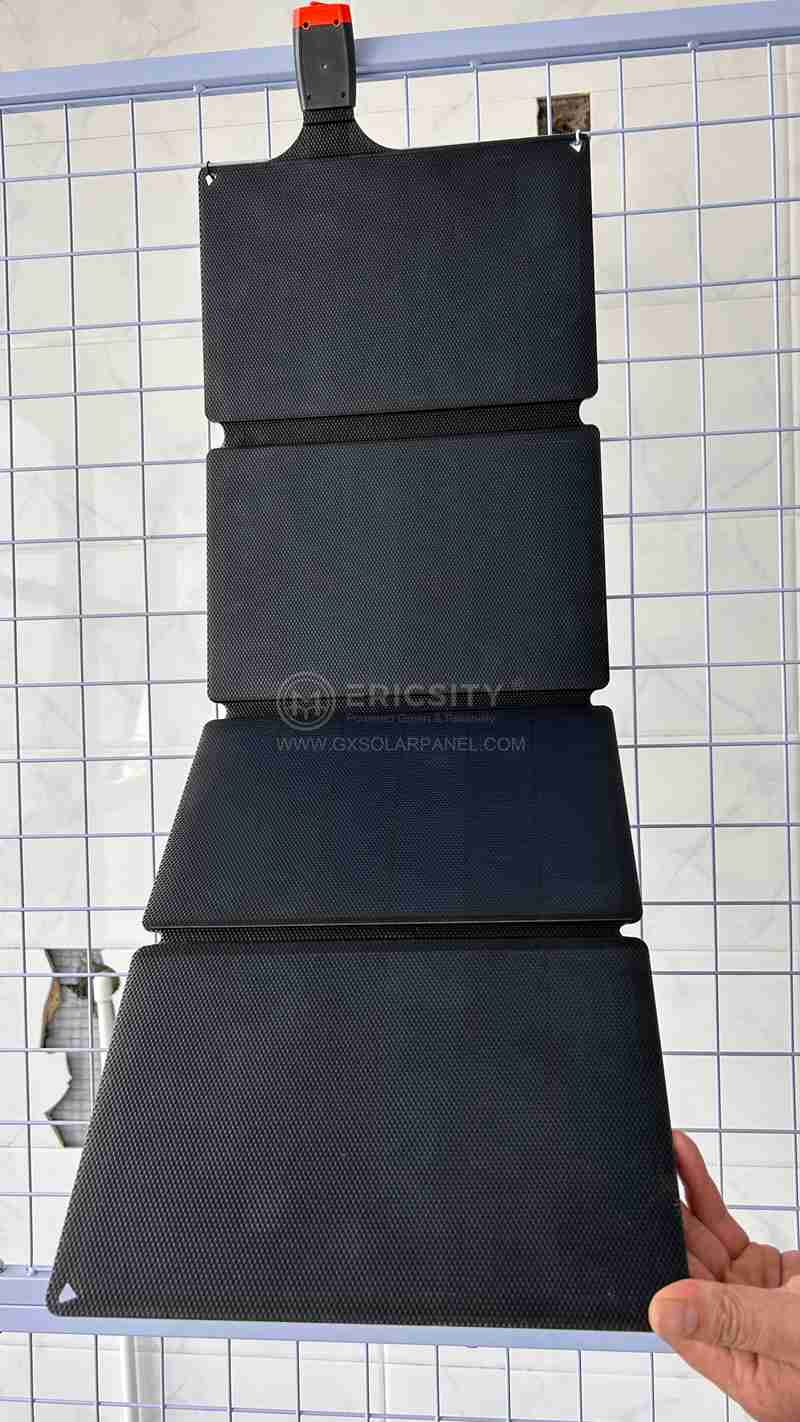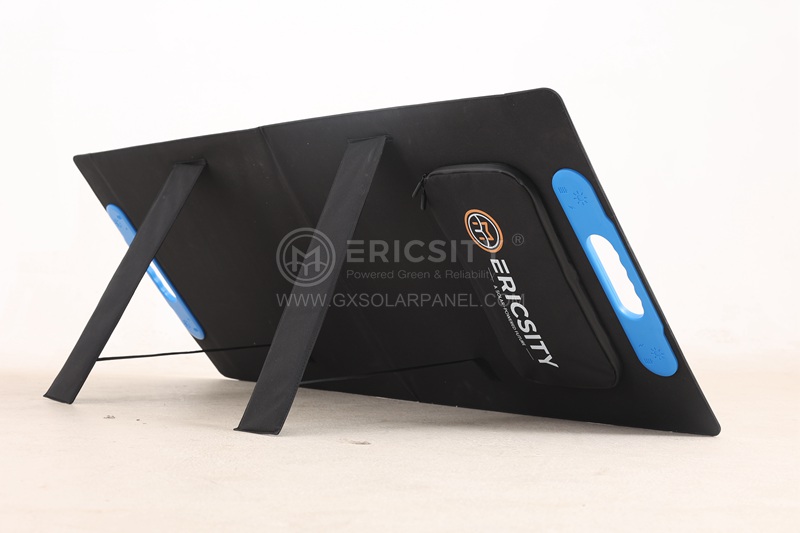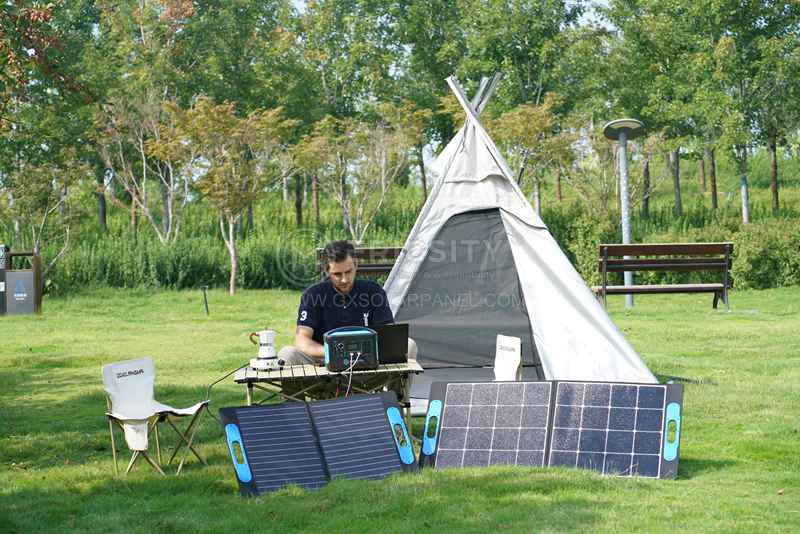HOT PRODUCT
Product Details
Maximizing Energy Efficiency With A Single Panel: Is It Worth It?
Maximizing Energy Efficiency With A Single Panel: Is It Worth It?
In recent years, the importance of energy efficiency has gained significant attention due to the growing concern for environmental sustainability and the need to reduce greenhouse gas emissions. As a result, researchers and engineers have been constantly striving to develop innovative and cost-effective solutions to maximize energy efficiency. One such solution is the concept of a single panel system, which aims to harness solar energy efficiently. In this article, we will explore the idea of maximizing energy efficiency with a single panel and evaluate its viability and effectiveness.

Traditionally, solar panels are composed of multiple photovoltaic cells interconnected to form a module. These modules are then grouped together to create an array capable of generating substantial amounts of electricity. However, single panel systems, also known as “all-in-one” or integrated solar panels, are designed to consolidate the essential components of a solar power system into a single unit.


The key advantage of a single panel system lies in its compact design and simplified installation process. By integrating the solar cells, inverters, and other required components into a single panel, the overall system becomes much more streamlined and easier to install. This reduces both the installation time and the costs associated with complex wiring and additional equipment.

Another crucial factor to consider is the improved energy conversion efficiency achieved by some single panel systems. By using innovative technologies and high-quality materials, manufacturers have been able to increase the overall efficiency of these panels. This higher efficiency allows them to generate more electricity from the same amount of sunlight, maximizing the energy output of the system.
Moreover, single panel systems can be particularly advantageous in situations where space is limited. Their compact design makes them ideal for installations on rooftops or in urban areas where space is valuable. Additionally, they can be easily integrated into various structures, such as windows or building facades, further optimizing the use of available space.
Despite these advantages, there are certain limitations and considerations to keep in mind when considering a single panel system. Firstly, the cost of these integrated panels can be higher compared to traditional solar panel systems. This is primarily due to the advanced technologies and manufacturing processes required to achieve the compactness and superior efficiency of these panels. However, as solar technology continues to evolve, it is expected that the cost of single panel systems will gradually decrease.
Secondly, the performance of single panel systems may be affected by shading. Since all the solar cells are closely located within a single panel, shading on even a small area can significantly reduce the overall energy output. Thus, careful consideration must be given to the positioning and the environment in which the panel will be installed to ensure maximum exposure to sunlight.
Lastly, the long-term reliability and durability of single panel systems need further investigation. As this technology is relatively new, extensive research and testing are necessary to ensure that integrated panels can withstand harsh weather conditions and maintain their efficiency over an extended period.
In conclusion, maximizing energy efficiency with a single panel system offers several benefits, including compact design, simplified installation, and improved energy conversion efficiency. However, the cost, potential shading issues, and the long-term reliability of these systems remain important considerations. As solar technology continues to evolve and become more affordable, single panel systems have the potential to play a significant role in maximizing energy efficiency and promoting a more sustainable future.




